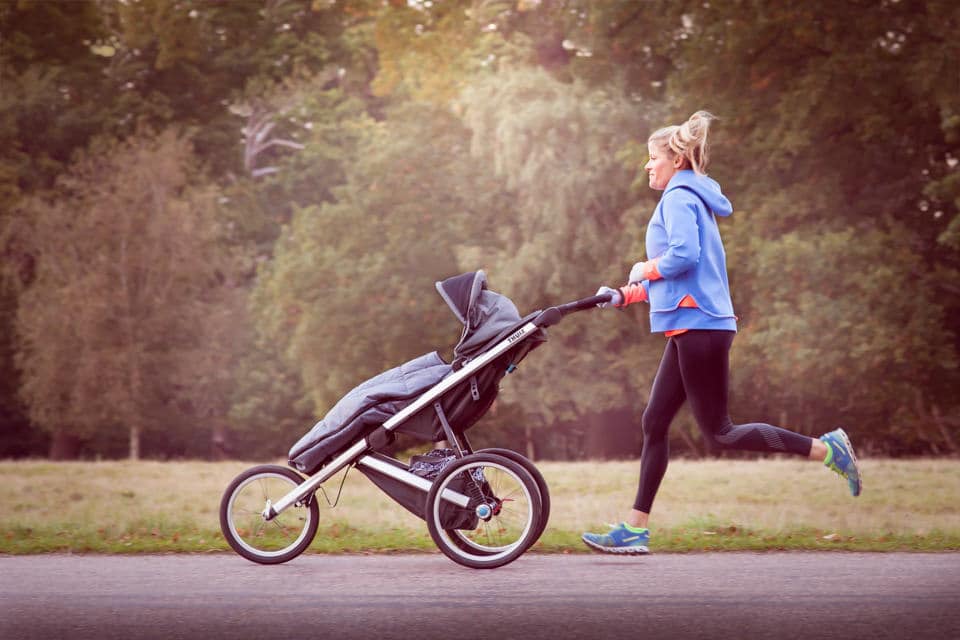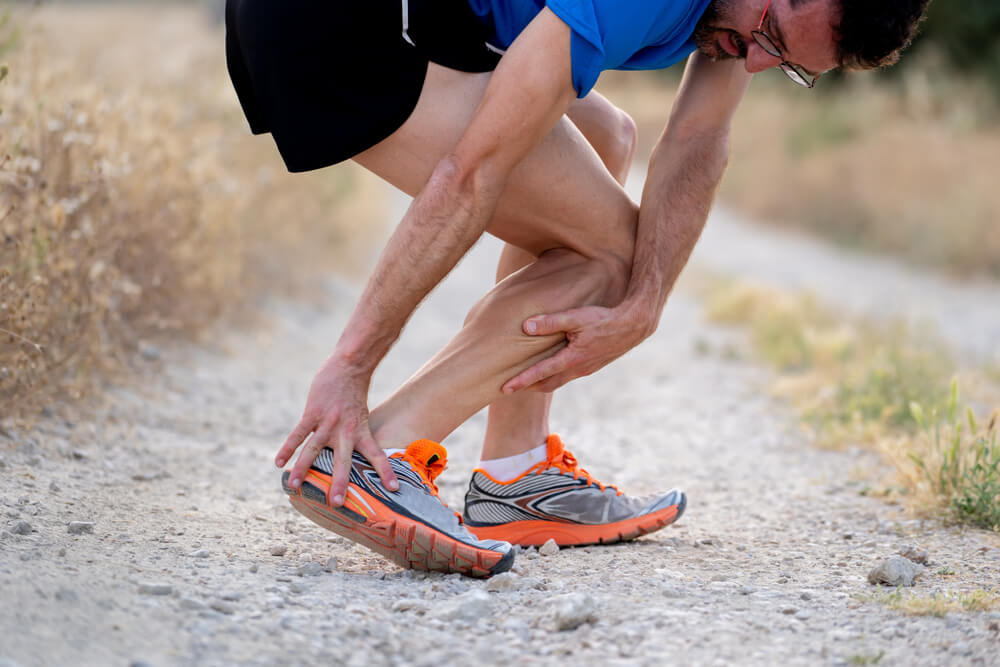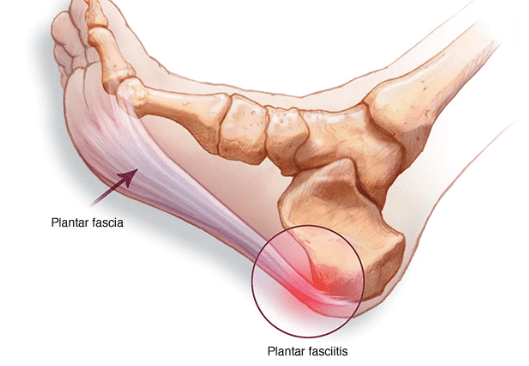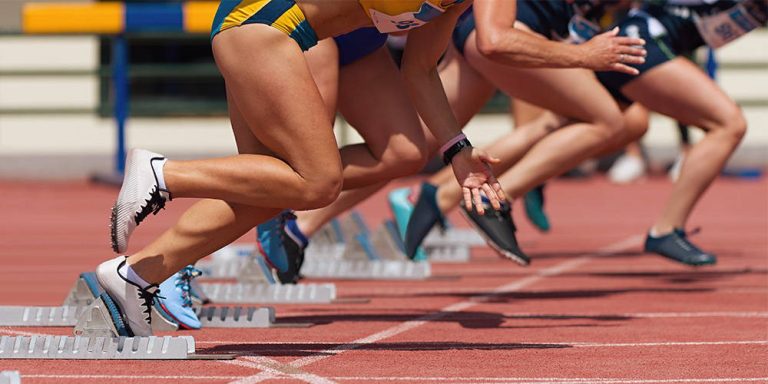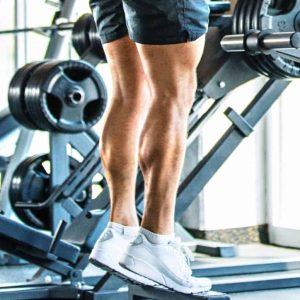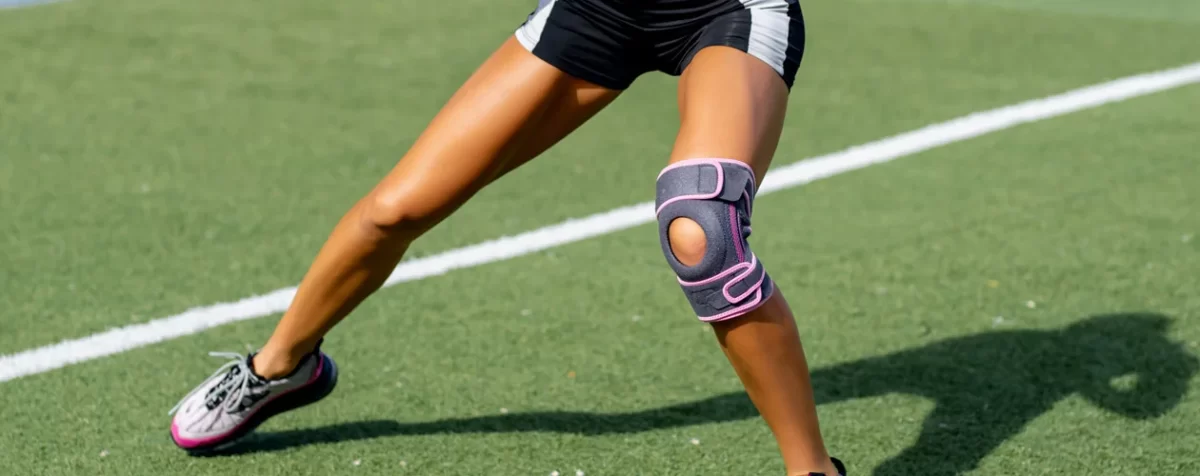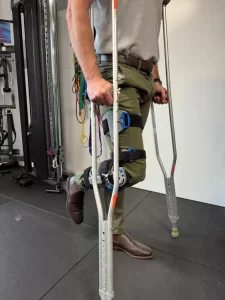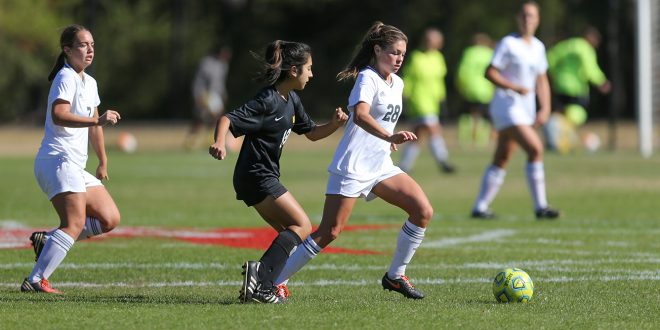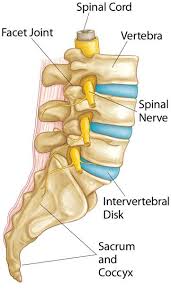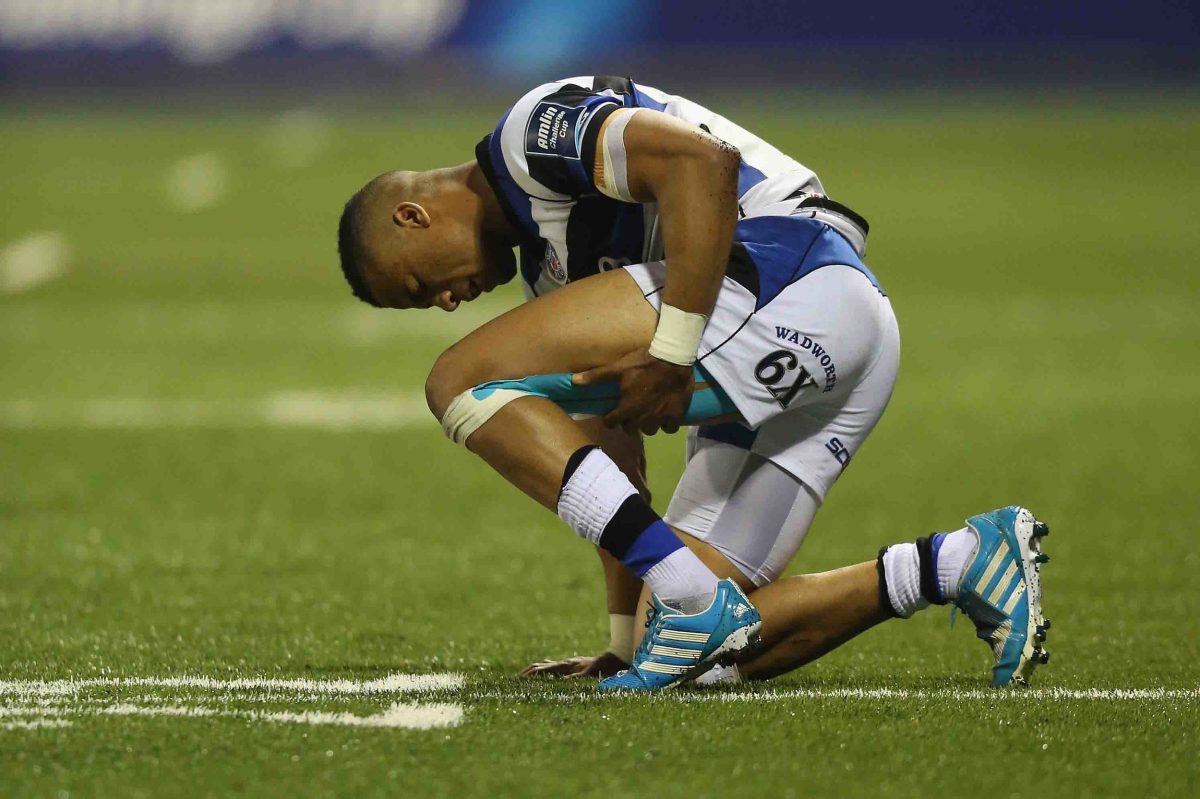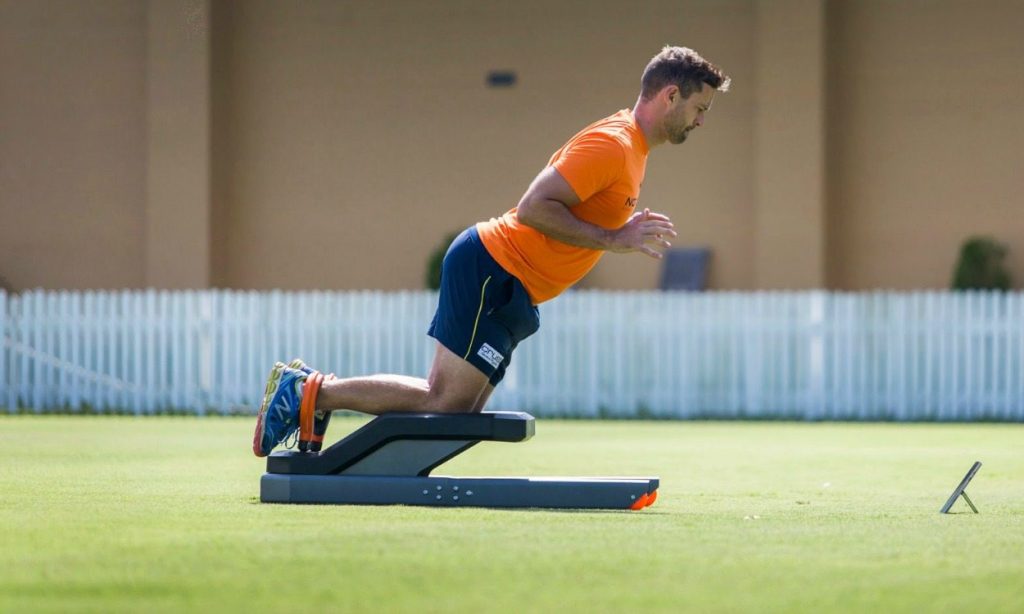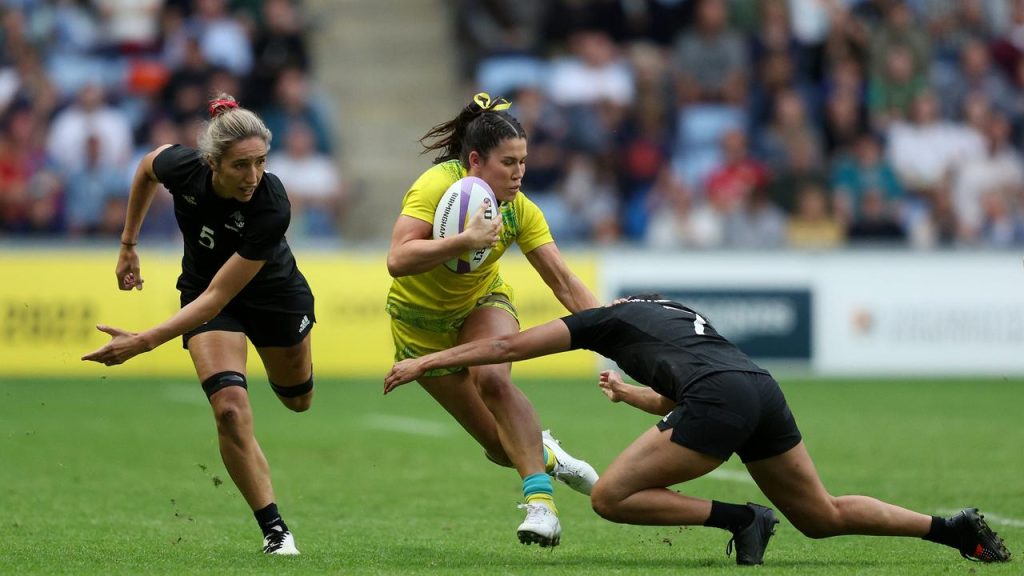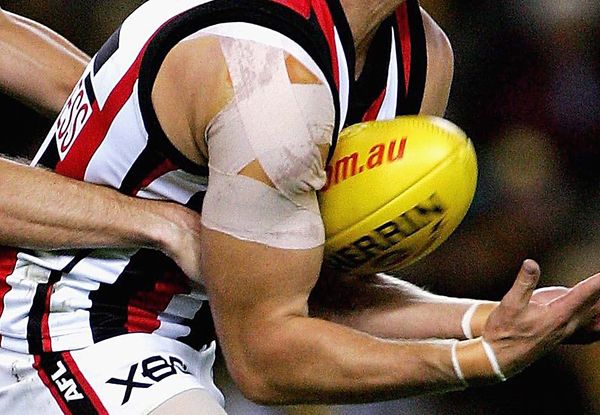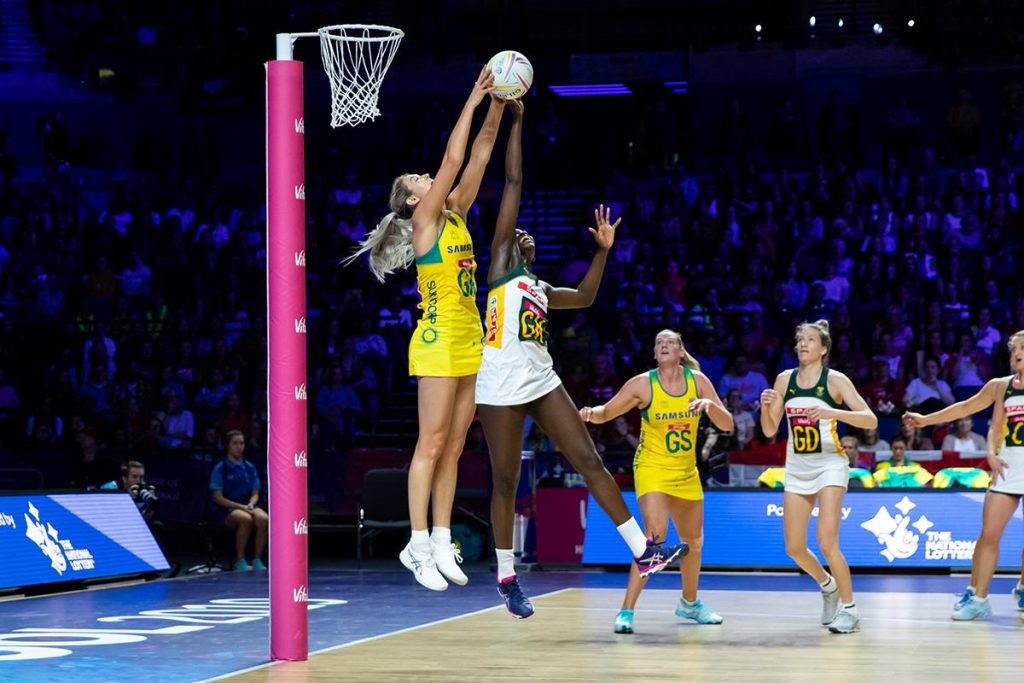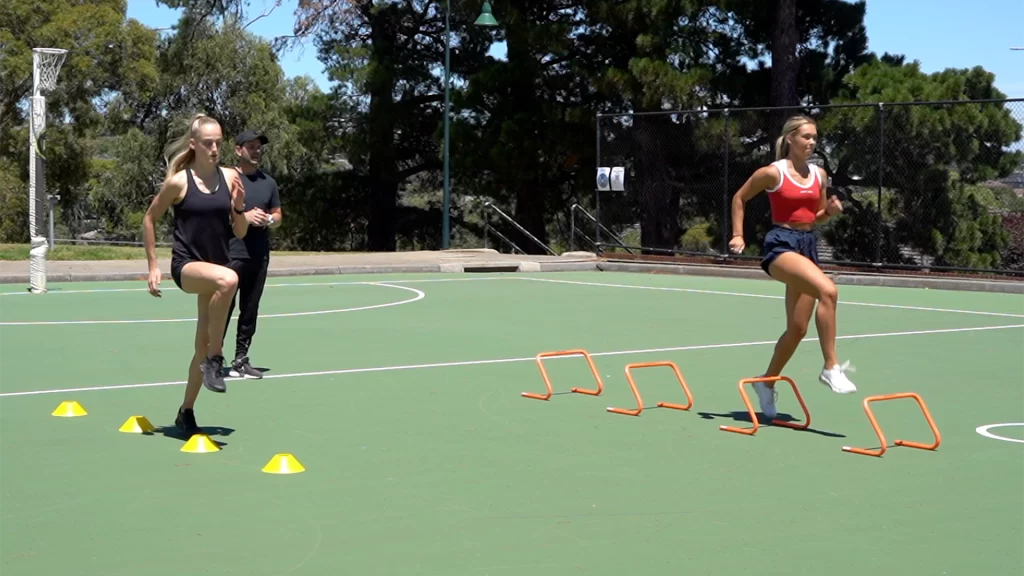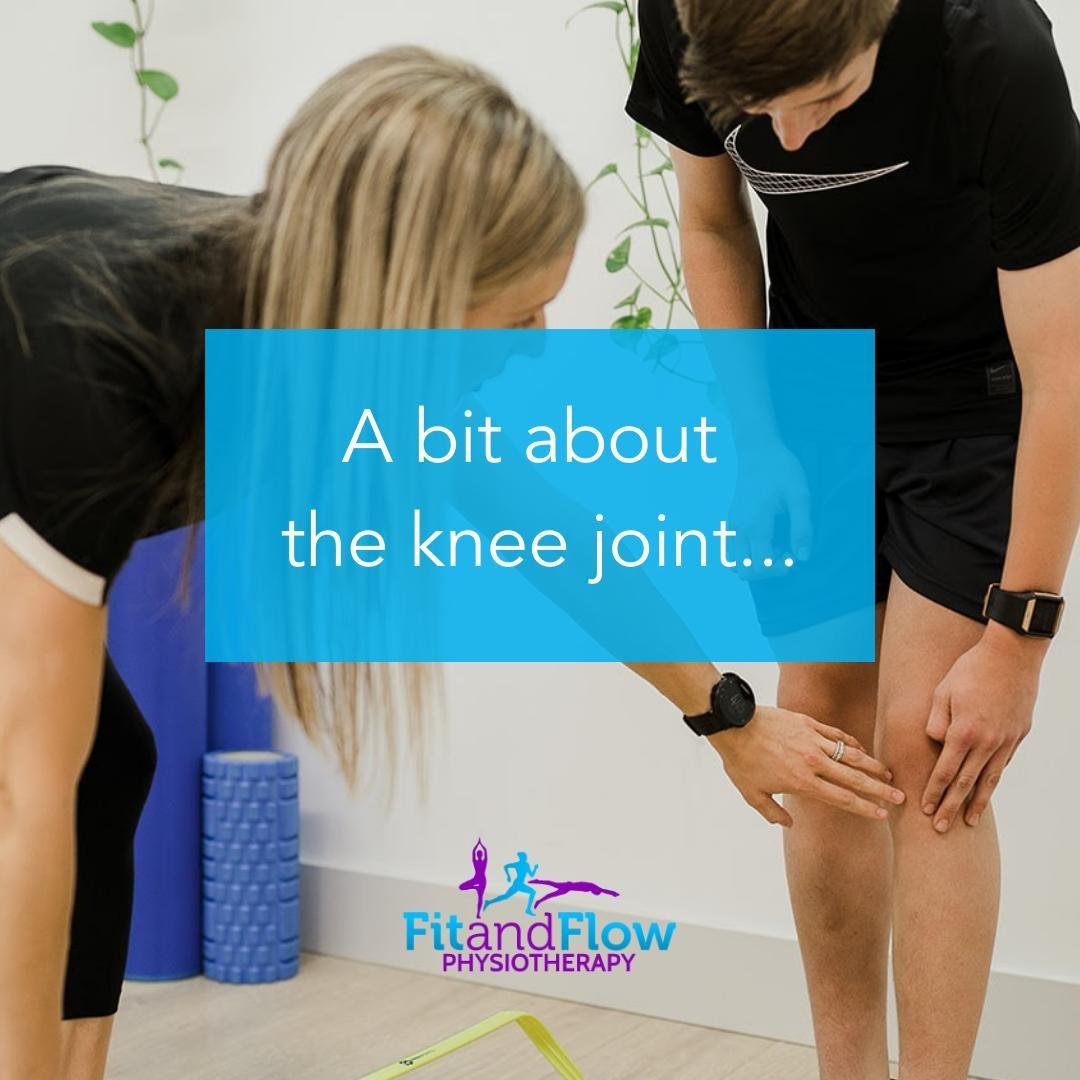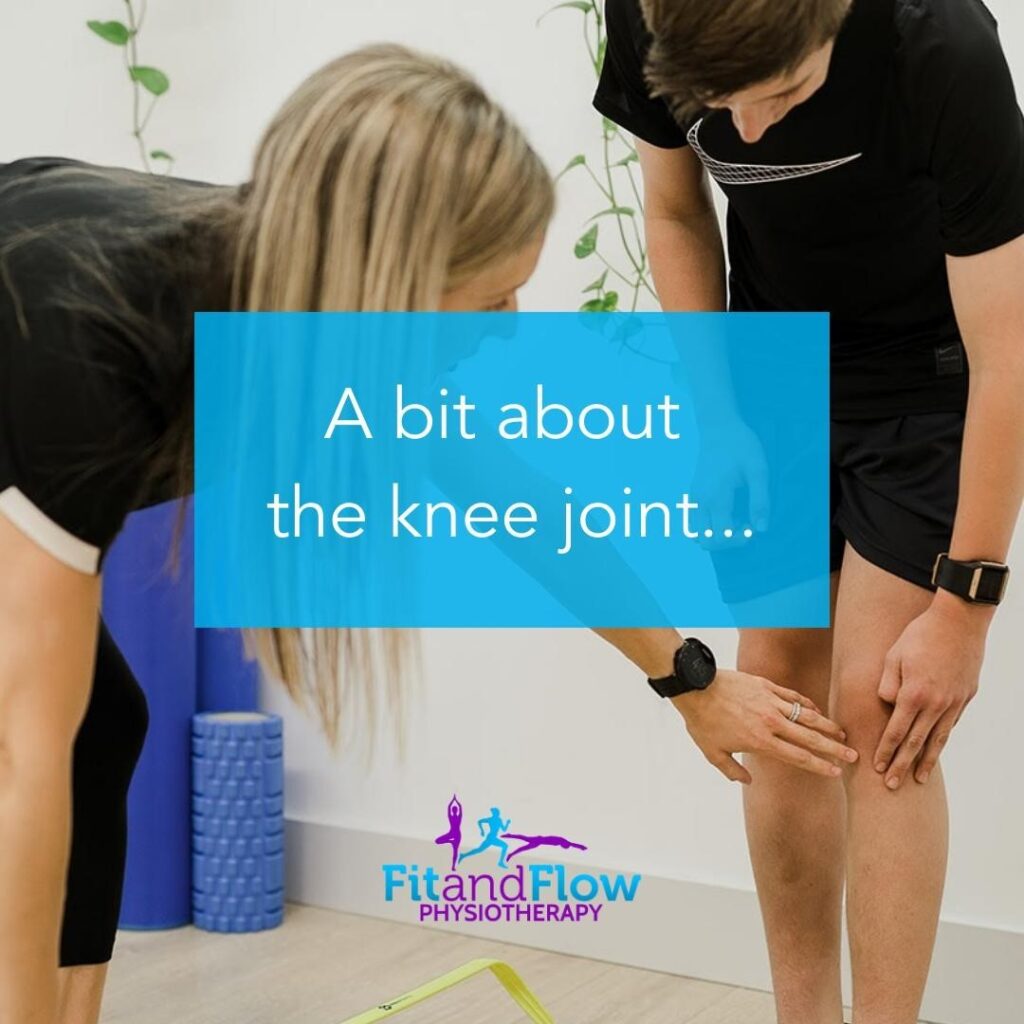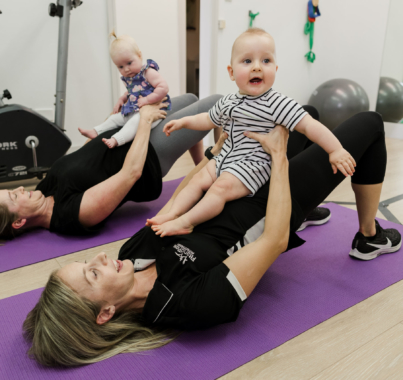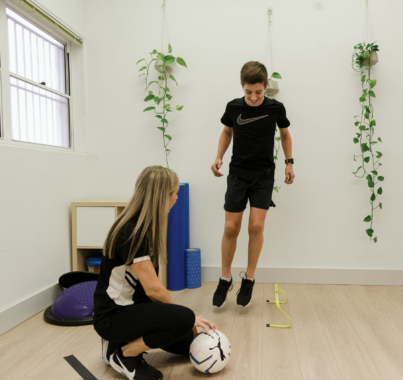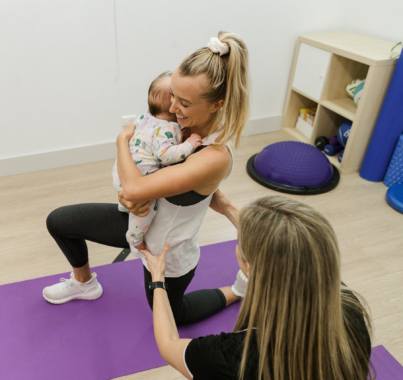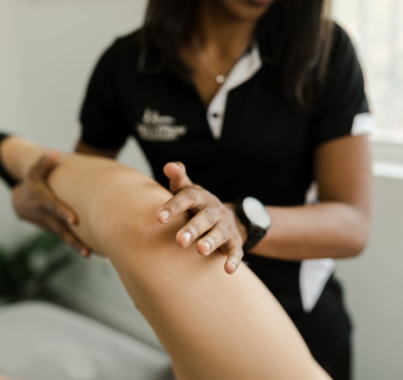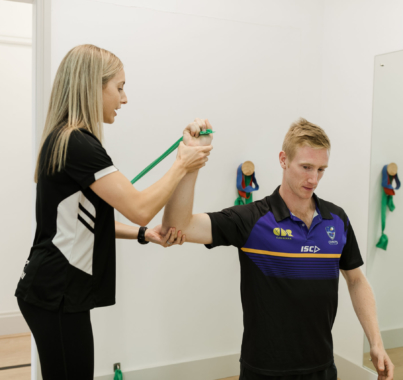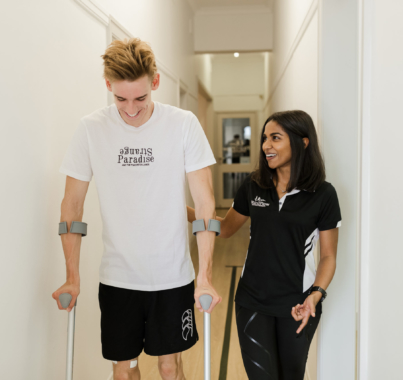After having a baby, many mums are keen to get their fitness back—running is often a big goal. But, pregnancy and childbirth can take a serious toll on your body, so getting back to running takes time, patience, and a bit of preparation. While there’s plenty of advice and return-to-run programs available, how ready you are to run will depend on your individual recovery and meeting a few key milestones.
How Pregnancy and Birth Affect Your Body
Pregnancy puts a lot of pressure on your body. Your abdominal muscles stretch and separate, your pelvic floor gets stretched, and your joints become looser. As exercise intensity usually decreases during pregnancy, you may lose some strength and fitness, too.
After birth, estrogen levels drop, especially if you’re breastfeeding, which can weaken the pelvic floor further. This makes it harder for your pelvic floor to support organs like your bladder and uterus. Joint laxity can also stick around, making your hips, knees, and pelvis more vulnerable to strain or injury. That’s why it’s so important to focus on rebuilding strength and control in your muscles and joints before considering higher-impact activities like running.
Abdominal separation (where the muscles in your belly stretch apart) happens to all mums who carry to full term, and while it’s necessary for baby’s growth, it means less support in your abdominal wall after birth. Without this support, running or any impact activity can place extra stress on your pelvic floor and spine.
On top of all this, the general decrease in fitness during pregnancy and the demands of caring for a newborn (hello, sleep deprivation!) can make it even harder to get back on track.
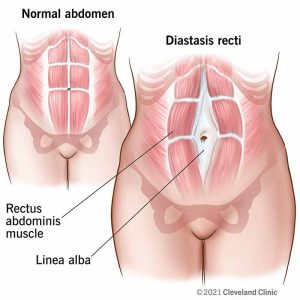
What You Need to Consider Before Running Again
1. Rest and Recovery
Your body needs time to recover before jumping back into exercise. Pregnancy and childbirth cause a lot of changes, and it takes time for things to settle. For vaginal births, about a third of first-time mums experience perineal tearing, and there’s a risk of pelvic organ prolapse (when your pelvic organs drop down), especially if labour was long or complicated. While prolapse is common, most cases aren’t serious and often improve within a few months. That’s why it’s generally recommended to wait at least three months before returning to high-impact activities like running.
For C-sections, it’s important to remember that it’s major abdominal surgery. Recovery typically takes 6-8 weeks, during which time your body is healing. No lifting or strenuous activity during that time—wait until you’ve had enough healing before thinking about strength exercises or impact activities.

2. Abdominal Strength and Healing
The first few months postpartum are crucial for your abdominal recovery. Wearing compression garments can help your abdominal muscles heal by supporting them and reducing unnecessary pressure. Strengthening deep core muscles, like the transverse abdominis and pelvic floor, is key to rebuilding your abdominal wall. This will help prevent unnecessary strain during impact activities like running.
If you notice your belly “doming” (bulging in the middle) or experience bladder leakage during activities, it’s a sign your core isn’t ready for high-impact exercises yet. Focus on deep core strengthening before progressing to more intense exercises.
3. Pelvic Floor Strength
Your pelvic floor plays a huge role in supporting your bladder, bowel, uterus, and helps manage abdominal pressure during activities like running, jumping, or even coughing and sneezing. If your pelvic floor isn’t strong enough, you might experience incontinence, pelvic pain, or feelings of heaviness down below.
Before returning to running, your pelvic floor needs to be strong enough to cope with the impact. This means being able to perform pelvic floor contractions quickly and hold them for a reasonable amount of time. If you’re experiencing any pelvic floor symptoms, such as leaking, pain, or heaviness, it’s important to address those before considering running.
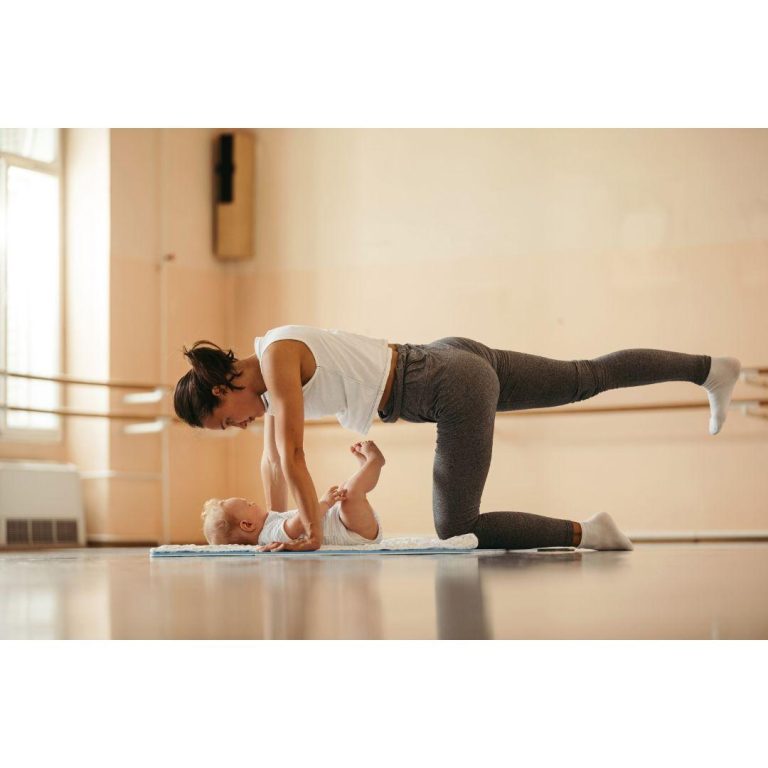
4. Lower Limb Strength and Control
To run without injury, your legs and joints need a baseline level of strength and control. There are a few basic tests to check if you’re ready for running, such as:
- Walking for 30 minutes
- Balancing on one leg for 10 seconds
- 10 single-leg squats
- Jogging on the spot for 1 minute
- 10 forward bounds or
- 10 single-leg hops
- 10 Running mans
If you’re able to do these without issues, you’re on the right track. But don’t rush it—gradually build up strength and control before adding the impact of running.
5. Gradual Build-Up and Structured Program
When you’re ready to start running again, it’s important to ease into it with a structured program. Start with short, easy runs and gradually increase the distance and intensity. This helps your body adjust to the demands of running without risking injury. Patience is key here—don’t rush the process.
6. Supportive Gear
Wearing supportive underwear and a good sports bra can help protect your pelvic floor while you run. Research shows these can reduce strain on the pelvic floor and lower the risk of dysfunction. There are also compression garments designed specifically for postpartum recovery that can provide extra support, especially for the pelvic region.
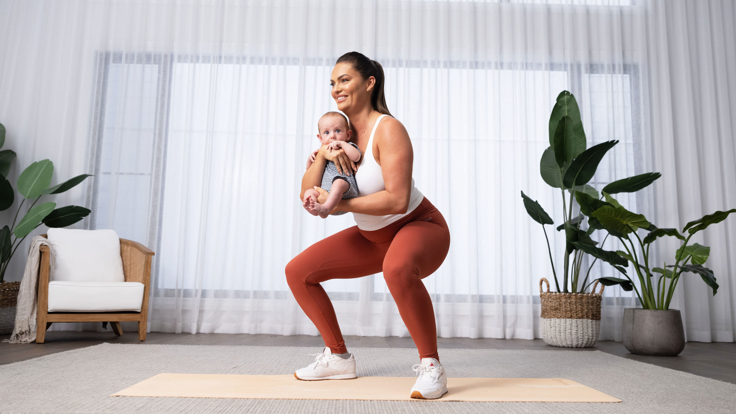
The Risks of Rushing Back into Running
It’s important to follow a proper return-to-run program to avoid long-term issues like pelvic organ prolapse, incontinence, or musculoskeletal injuries (such as tendinitis or stress fractures). Working with a physio can help ensure your return to running is safe and effective, based on your individual recovery and fitness level.
The key is to take your time, rebuild strength and control, and only progress to running when your body is truly ready. You’ve got this—just make sure to listen to your body and move at your own pace!


